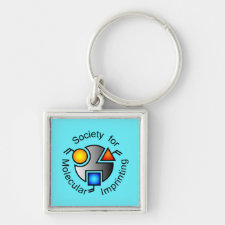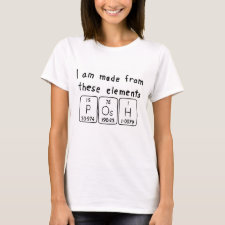
Authors: Lazar MM, Dinu IA, Silion M, Dragan ES, Dinu MV
Article Title: Could the porous chitosan-based composite materials have a chance to a "NEW LIFE" after Cu(II) ion binding?
Publication date: 2019
Journal: International Journal of Biological Macromolecules
Volume: 131
Page numbers: 134-146.
DOI: 10.1016/j.ijbiomac.2019.03.055
Alternative URL: https://www.sciencedirect.com/science/article/pii/S0141813018359336
Abstract: Currently, biosorption is considered a leading-edge environmentally-friendly method for the low-cost remediation of wastewaters contaminated with metal ions. However, the safe disposal of metal-loaded biosorbents is still a challenging issue. In this context, our major objective was to explore the possibility of "waste minimization" by reusing the metal-loaded biosorbents in further environmental applications, particularly into the oxidative catalysis of dyes. Thus, the decolourisation efficiency (DE) of Methyl Orange (MO) in aqueous solutions under ambient light using copper-imprinted chitosan-based composites in comparison to non-imprinted ones was investigated in this work. The MO degradation was established first in the absence of any co-catalyst, when a DE value of 95.3% was achieved by the ion-imprinted catalysts within 360 min of reaction, compared to only 67.4% attained by the non-imprinted ones. Under Fenton-like conditions, the apparent degradation rate constant was seventy times higher, the DE increasing within 40 min to about 98.6%, and 70.5% respectively, whereas the content of co-catalyst (H2O2) was significantly lowered compared to other reported studies. The straightforward preparation of copper-loaded composites, along with their excellent stability and high efficiency even after four consecutive reaction runs support our ion-imprinted systems as potential catalysts for dye removal by oxidative decolourisation treatments
Template and target information: copper ion, Cu(II)
Author keywords: Chitosan-based catalyst, Methyl Orange degradation, Waste minimization



Join the Society for Molecular Imprinting

New items RSS feed
Sign-up for e-mail updates:
Choose between receiving an occasional newsletter or more frequent e-mail alerts.
Click here to go to the sign-up page.
Is your name elemental or peptidic? Enter your name and find out by clicking either of the buttons below!
Other products you may like:
 MIPdatabase
MIPdatabase









